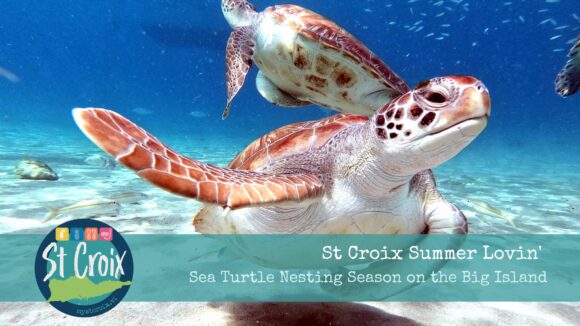
Summer on St Croix means that things slow down just a little, mangoes are dripping from the trees, and sea turtles are getting frisky offshore. It’s sea turtle nesting season. Three out of 7 species of endangered sea turtles can be found nesting on our shores in the summer and early fall: Leatherback, Green Sea Turtles, and Hawksbills. (We also infrequently have Loggerheads that make landfall!). Sea Turtles are some of my favorite St Croix locals.
If you are visiting St Croix’s beaches during this time of year, there are some important things to know about sea turtles and the things you can do to make nesting season safer for them.
Sea Turtle Facts
Sea turtles spend all their lives in the water and only come ashore to lay their eggs and rarely to sun themselves. That means that most male sea turtles never set foot on land after they hatch!
Cold-blooded reptiles, sea turtles sun themselves on the surface to increase their body temperature. When resting, they can hold their breath for up to 5 hours. When active, they surface every 5-10 minutes to take a breath. Boat strikes are a huge threat to sea turtles, so it’s important to always keep an eye out for them in our waters, particularly during the summer mating season.
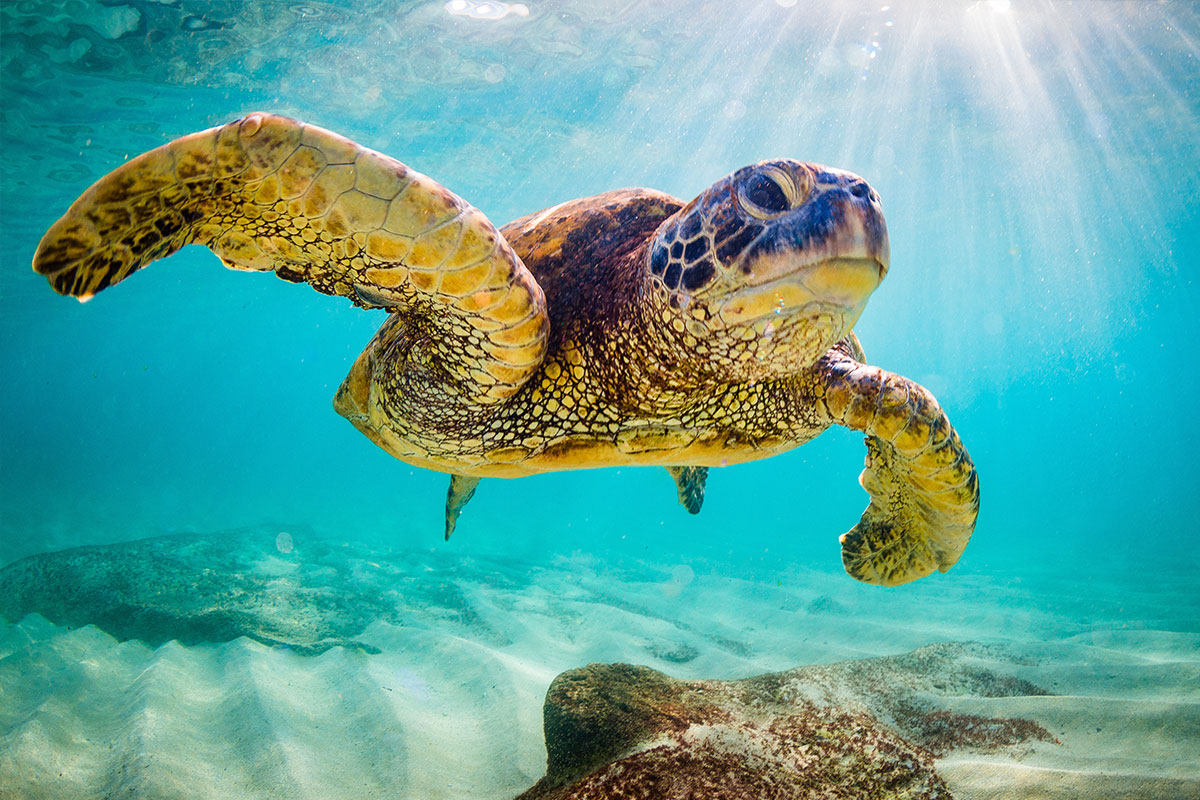
Though they don’t read calendars or horoscopes, you will find sea turtles mating and nesting on St Croix mainly during the summer months. Nesting season and primary location vary by species:
- Leatherback Sea Turtles (Dermochelys coriacea)
- Nesting: May – July
- Hatching: July – September
- Primary location: Sandy Point (West End)
- Hawksbill Sea Turtles (Eretmochelys imbricata)
- Nesting: July – November
- Hatching: September – January
- Primary location: Buck Island National Park &
main island St Croix
- Green Sea Turtles (Chelonia mydas)
- Nesting: August – November
- Hatching: October – January
- Primary location: Jacks & Isaacs Bay (East End)
Depending upon the species, females reach sexual maturity between 15 and 30 years of age. They will return to the beach that they hatched on and lay anywhere from 60-160 eggs in a single clutch (the group of eggs in the nest). Sea turtles face an enormous amount of threats as they grow from predators, ocean pollution and trash, and long-line fishing. It is estimated that only 1 sea turtle out of 100 will live long enough to mate and nest!
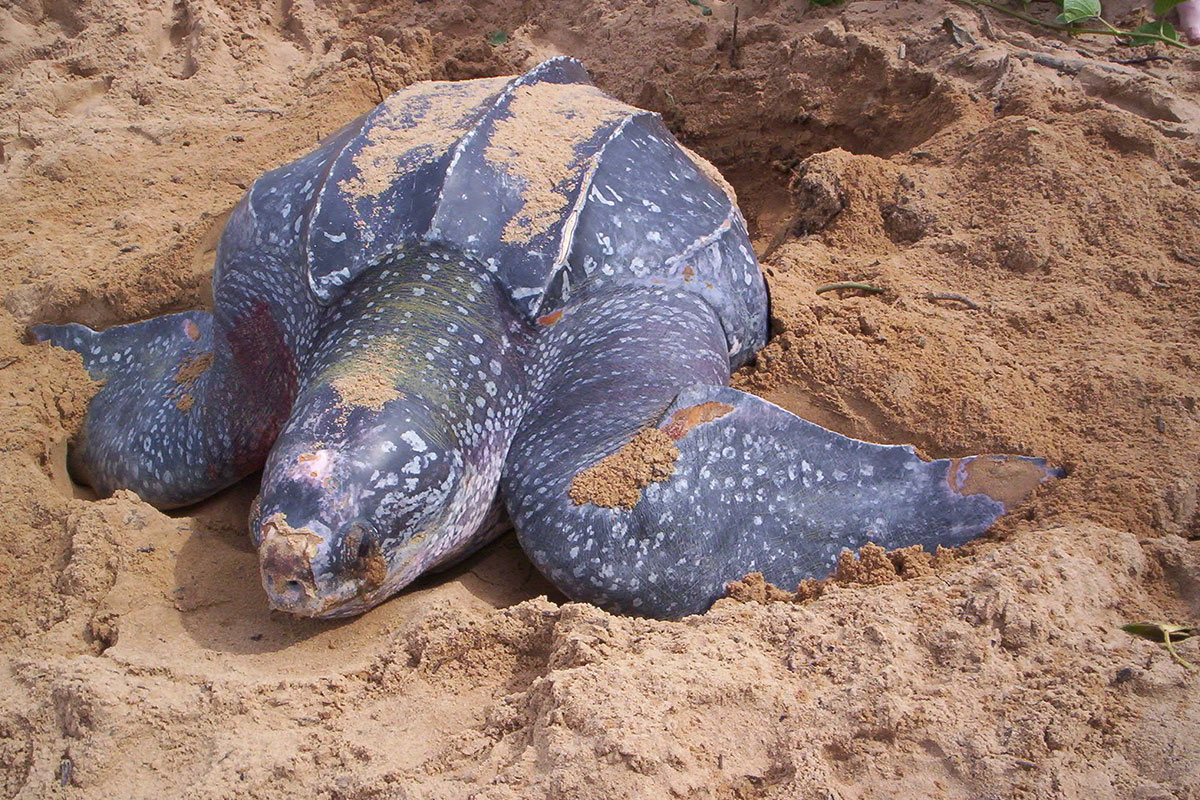
How to Help Sea Turtles During Nesting Season
Because sea turtles spend the majority of their lives underwater, they are very sensitive to artificial light (light bulbs). It’s EXTREMELY important if you see a nesting sea turtle at night that you DO NOT use any type of flash photography. This can disorient or temporarily blind the nesting female making her vulnerable to predators waiting for her back in the water.
Lights can also disorient sea turtle hatchlings. They are attracted to artificial light sources (bulbs) like a magnet. So, if you notice a nest hatching happening be sure to turn off all the lights in the area for the evening. Baby sea turtles have a critical burst of energy when they hatch that allows them to get to the sea and swim out past awaiting predators on the beach and in the shallows. Lights onshore may cause them to turn around which can exhaust them and make them even more vulnerable.
- If you are staying at a location that faces the water, try to keep shore facing lights off at night unless they are amber bug lights or infrared lights.
- If you live on St Croix and have a coastal facing home – use “bug lights” or amber or infrared colored lights. Avoid blue-hued lights. As the ocean gets deeper, the red portion of the spectrum of light is removed. So sea turtles “see” blue but not red. Motion activated lights are a good choice for security as they do not remain on all the time.
- Rule of thumb is that if you stand at the water’s edge on the beach and can see the light source (bulb) it is visible to a nesting female or hatchling.
- Learn more about Safe Sea Turtle Lighting on Broward County, Florida’s website They have led the way for Community Sea Turtle Conservation and Education.
- DarkSky.org provides great information on light fixture options that are also safe for sea turtles.
All sea turtles in our waters are protected by the Endangered Species Act of 1973 (ESA). This means that it is illegal to touch, harrass or harm a sea turtle. If you observe a female coming ashore to nest in the evening – stay at least 50 feet away and try to stay behind her line of site (behind her head). You should also remain very still. Sudden movement can spook a female causing her to abandon her attempt to lay her eggs.
Sea Turtle Hatchlings
Nests tend to hatch in the early evening just before sunset. If you see a nest hatching, stand back and enjoy this miracle of nature. Do not attempt to pick up or touch the hatchlings! Many scientists theorize that they pick up scent or magnetic cues from the sand which help them return to the beach they were born on when they reach sexual maturity. HOWEVER, if you notice hatchlings going in the wrong direction away from the water, you can pick them up and put them back down on the beach facing the ocean 3-6 feet from the water’s edge.
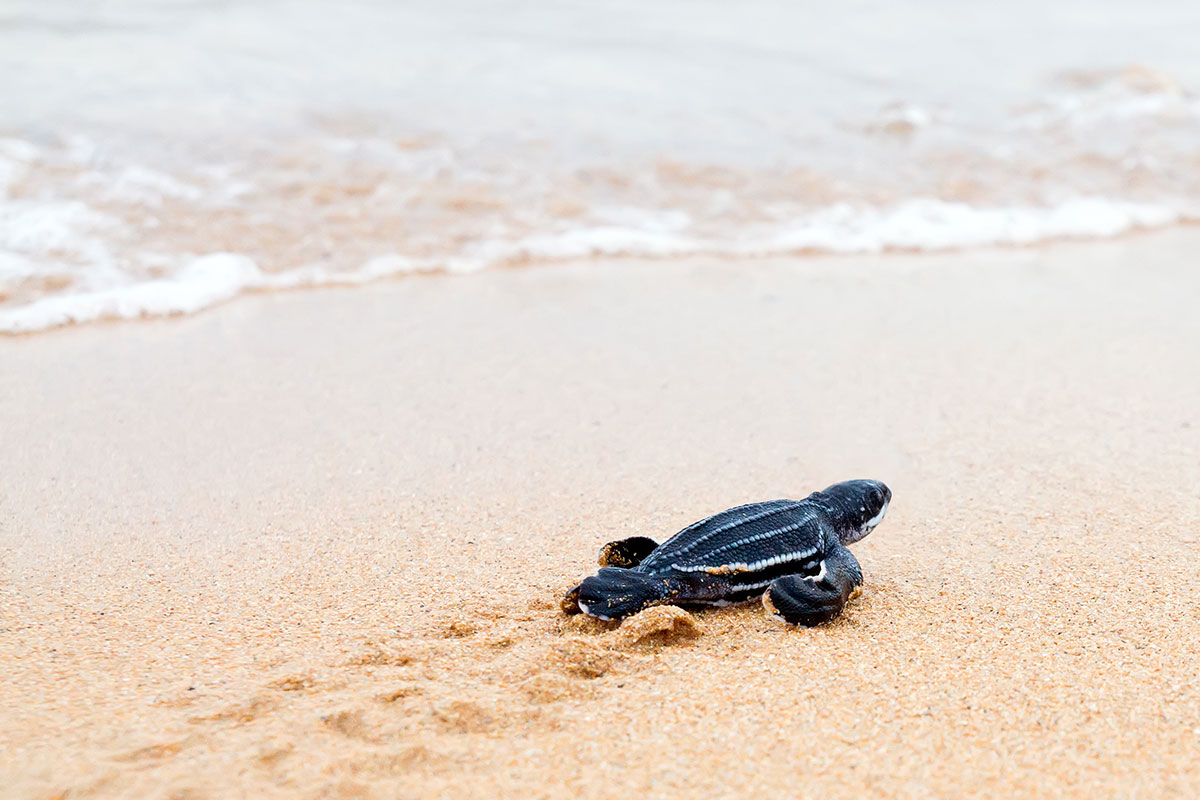
Keep our oceans clean
Carry in, Carry out when you go to the beach. Because sea turtles feed off of invertebrates like jellyfish and marine vegetation, they are vulnerable to accidentally feeding on plastic and other trash that ends up in the ocean. They can’t digest plastic. Eventually, it can block their digestive system leading to death.
Do your part to keep our oceans clean for all marine life. Avoid balloon releases that end up in the sea. Bring a bag with you to the beach for your own trash and any other you see and properly dispose of it.
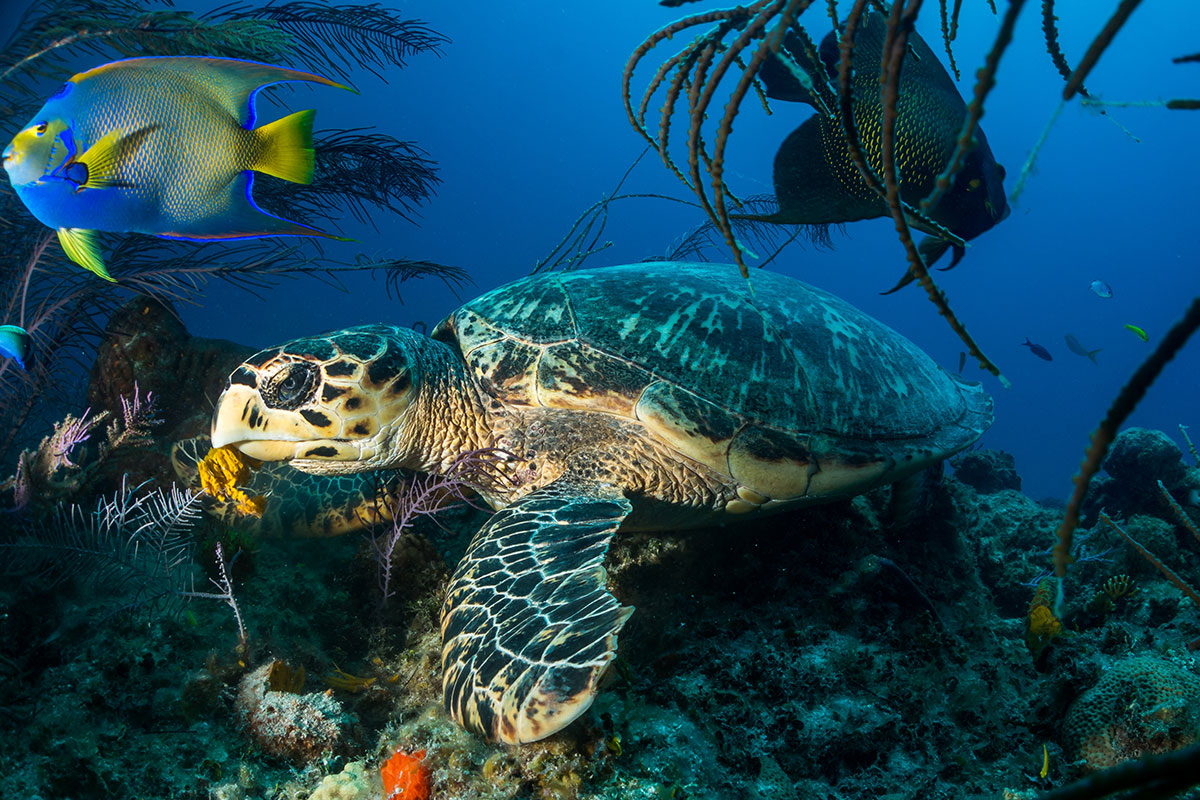
Together we can help to ensure that Leatherback, Green and Hawksbill Sea Turtles continue their St Croix summer lovin’ for generations to come.
If you are interested in participating in a Sea Turtle Watch on St Croix, become a member of the St Croix Environmental Organization (SEA) and check their calendar of events for Turtle Watch programs during the summer at Sandy Point National Wildlife Refuge.

I am a photography and I would be interested in helping with the turtles At Sandy Point and would love to have an opportunity to photograph the turtles